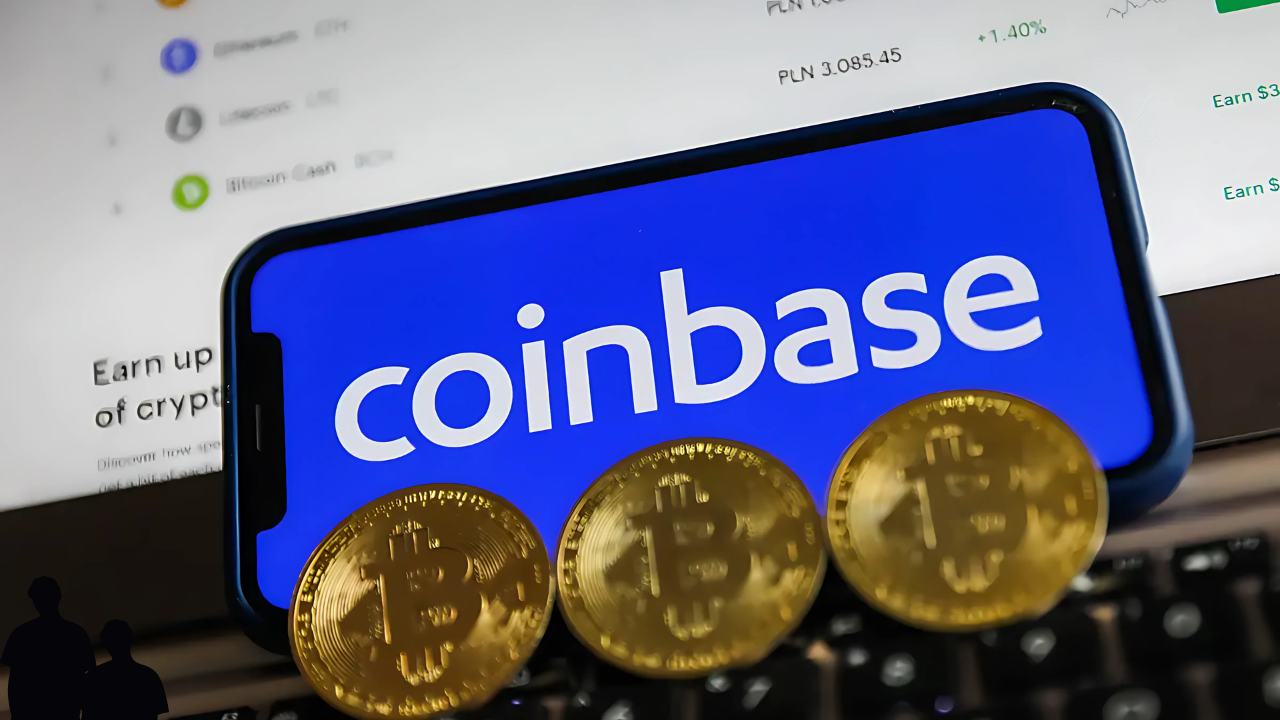
By: Swarnalata
Published on: May 14, 2025
Introduction
On May 13, leading brokerage firm Bernstein issued a bullish forecast for Coinbase (Nasdaq: COIN), projecting up to $16 billion in incremental capital inflows once the cryptocurrency exchange officially joins the S&P 500 on May 19. This landmark inclusion—marking Coinbase as the first and only pure-play crypto company in the benchmark index—signals growing institutional acceptance of digital assets and could reshape investor allocations across both passive and active strategies.
Coinbase’s Road to the S&P 500
Founded in 2012 and public since April 2021, Coinbase has rapidly scaled to become the largest U.S. cryptocurrency exchange, facilitating over $1.5 billion in average daily trading volume and holding approximately $320 billion in customer assets. However, its journey hasn’t been without turbulence—from the initial public offering price swings to a high-profile legal dispute with the U.S. Securities and Exchange Commission (SEC). Overcoming these hurdles, Coinbase has strengthened its compliance framework and expanded its product suite, setting the stage for its S&P 500 debut.
Breakdown of Bernstein’s Projections
Analysts led by Gautam Chhugani see a two-fold boost to Coinbase’s market capitalization from S&P 500 inclusion:
$9 billion from passive index-tracking funds that must rebalance to include COIN upon reconstitution of the S&P 500.
$7 billion from active managers and strategic allocations, as fund managers increase exposure to meet benchmark peer weightings and capture growth potential in the crypto sector.
This combined $16 billion estimate nearly doubles Bernstein’s mid-March projection, which set a baseline price target of $310 per share and an “outperform” rating—underscoring their conviction in sustained upside momentum.
Implications for Investors
For retail and institutional investors alike, Coinbase’s index entry offers multiple takeaways:
Enhanced Liquidity & Stability: Inclusion typically reduces volatility over time, attracting a broader investor base.
Diversification Benefits: Crypto exposure within a mainstream equity index legitimizes digital assets as part of a diversified portfolio.
Potential Price Catalysts: Passive inflows often follow a predictable timetable around index rebalancing events, creating technical support levels.
However, investors should remain mindful of cryptocurrency’s inherent risks—regulatory shifts, market sentiment, and the still-developing nature of blockchain technology.
Broader Trend of Crypto Legitimacy
Coinbase’s S&P 500 milestone reflects a broader shift in how traditional finance views cryptocurrencies. Major players—from hedge funds to pension plans—are increasingly exploring digital-asset allocations, while regulators worldwide refine frameworks to balance innovation with investor protection. As more crypto-adjacent firms pursue public listings and institutional-grade services, expect the line between “old-economy” finance and blockchain-based finance to blur further.
Conclusion
Coinbase’s pending addition to the S&P 500 represents a personal triumph for the exchange and a watershed moment for the crypto industry at large. With Bernstein forecasting a $16 billion inflow surge, COIN’s inclusion underscores accelerating institutional confidence in digital assets. As the market awaits the May 19 reconstitution, investors should watch for both the technical support from passive funds and the strategic moves by active managers to gauge whether this event will catalyze sustained growth or mark a momentary peak in crypto’s march toward mainstream legitimacy.
Comments
No comments yet. Be the first to comment!
Leave a Comment